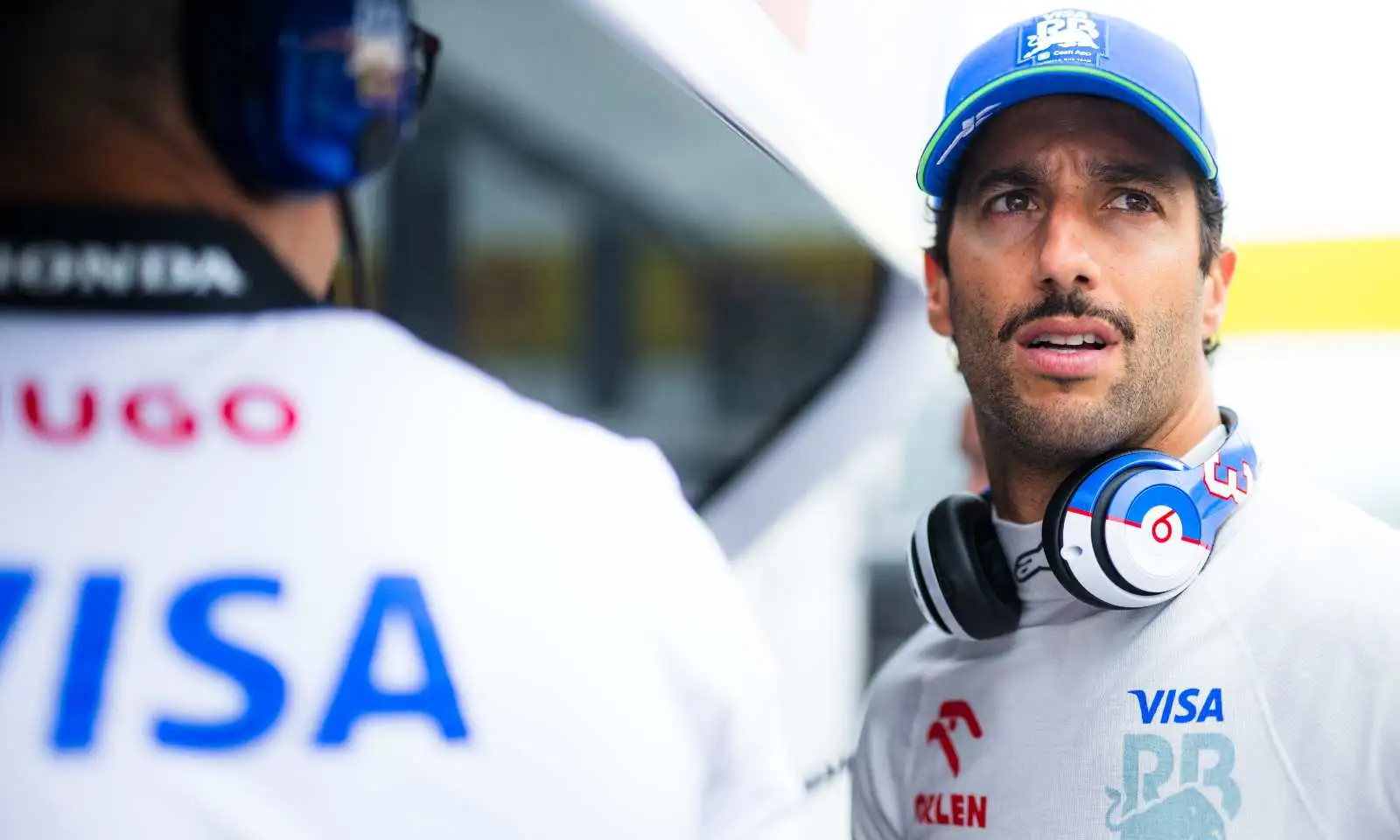Kimi Antonelli, a rising star in Formula 1, faced unexpected challenges during the Japanese Grand Prix. Despite a shaky start in practice sessions, he managed to secure an impressive sixth-place qualifying finish.
- In the competitive rookie class, Antonelli showed resilience by qualifying sixth after struggling in practice sessions, where he placed ninth in FP1, 16th in FP2, and 13th in FP3.
- Antonelli attributed his tough practice sessions to feeling ‘very lost’ and lacking confidence, but saw the experience as a valuable lesson in his career.
- Adding to his challenges, Antonelli dealt with lingering effects from a previous illness that had disrupted his track familiarity, making his Japanese GP stint even more demanding.
- Despite the hurdles, Antonelli managed to turn things around, demonstrating significant improvement and mental toughness, earning him unexpected positivity in the end.
Kimi Antonelli’s journey at the Japanese Grand Prix was no walk in the park. Entering the event as a standout rookie in the Mercedes team, he faced a tough learning curve. His practice times were less than stellar, finishing ninth in FP1, dropping to 16th in FP2, and slightly recovering to 13th in FP3. For a driver of Antonelli’s caliber, this was uncharacteristic.
Antonelli candidly admitted to the press that he was ‘very lost’ during practice sessions. The lack of confidence was palpable, as he struggled to progress beyond his initial FP1 performance. This, he said, required a substantial leap in driving skill as he approached qualifying.
His unfamiliarity with the track wasn’t entirely surprising. In 2024, a planned Super Formula test at Suzuka was cut short due to health issues, leaving him with gaps in his track knowledge. This unfamiliarity, combined with the fast and narrow nature of the Suzuka circuit, added layers of difficulty to his preparation.
To compound his challenges, Antonelli exercised caution with his car setup, initially opting for safety over aggression. He reflected later that he likely erred on the side of caution too much, a choice that hindered his ability to push his car to its limits.
Despite these setbacks, Antonelli’s determination shone through. He meticulously analyzed his laps, identifying errors, and learning from them. Moreover, he acknowledged that using two sets of tires in Q1 might not have been the wisest choice, hinting that a similar strategy in Q3 might have been more beneficial.
His performance was a testament to his resilience and mental toughness. Overcoming mental barriers, Antonelli pushed himself to adapt and respond to the mounting pressure. By the time qualifying concluded, he had managed to reclaim his confidence and secure a remarkable sixth-place finish. This achievement, against the odds, offered him a sense of contentment and positivity.
Kimi Antonelli’s experience at the Japanese GP underscores the mental fortitude required to navigate setbacks and emerge stronger as a Formula 1 driver.










